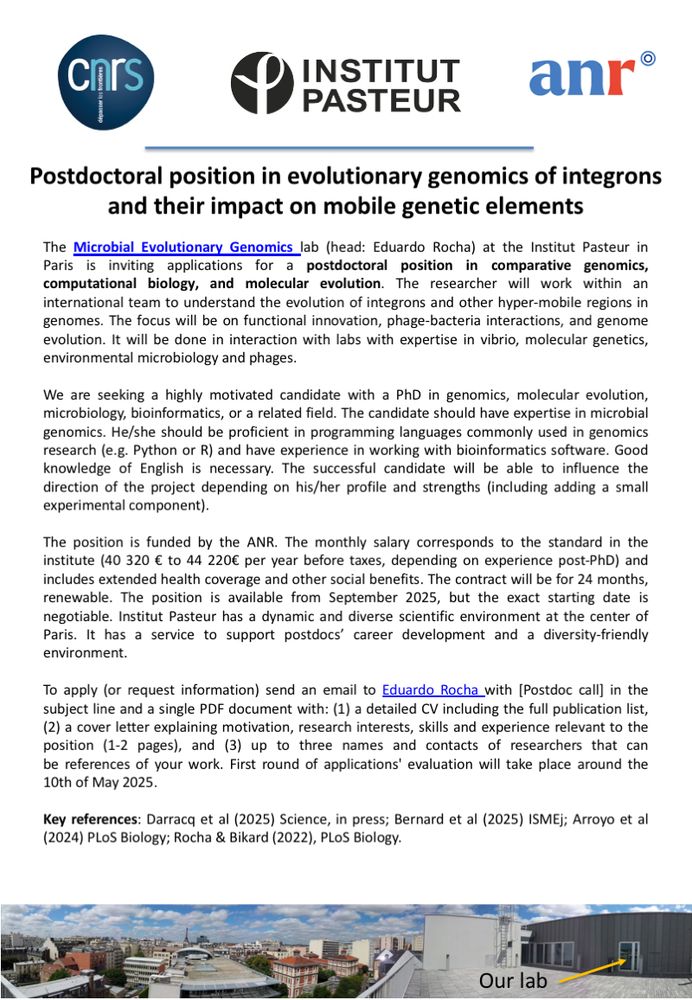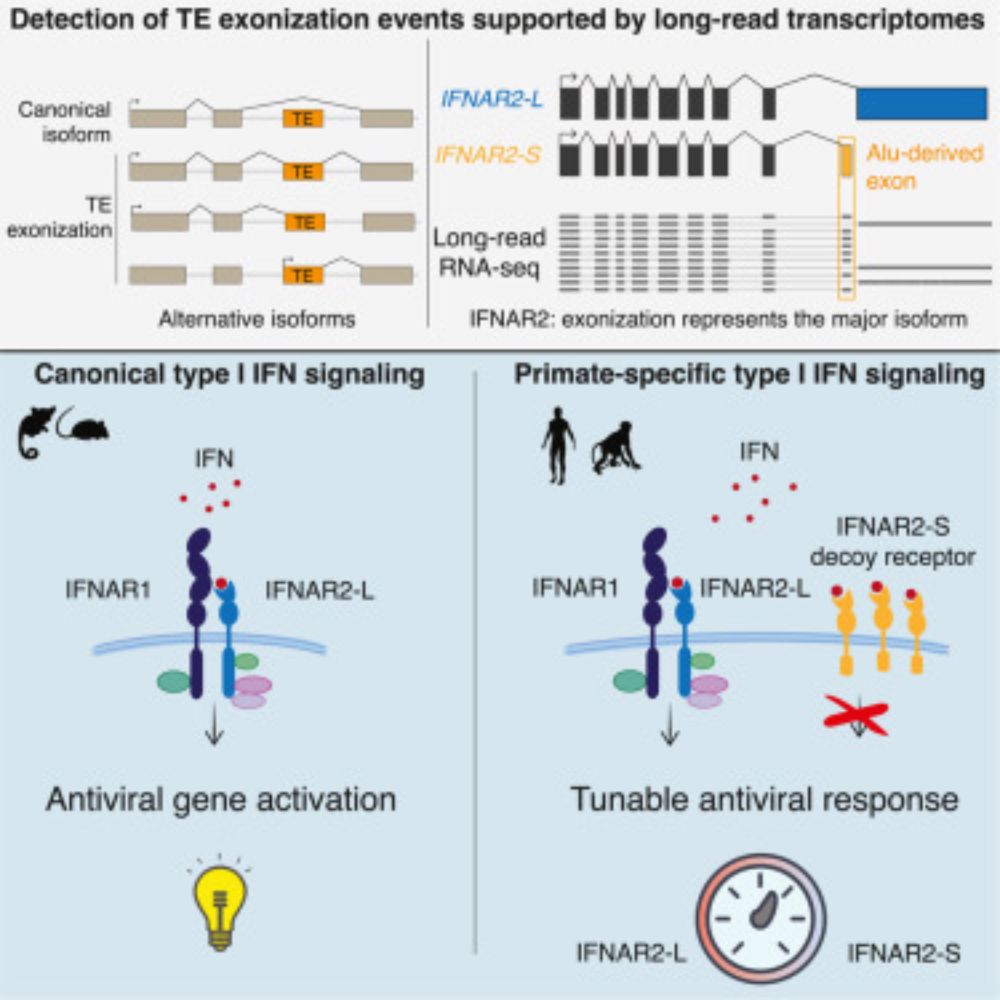
https://scholar.google.com/citations?hl=en&user=S0mlwusAAAAJ
Job hunting
🇮🇹




link.springer.com/article/10.1...

link.springer.com/article/10.1...
doi.org/10.1093/gbe/...

doi.org/10.1093/gbe/...
genome.cshlp.org/content/29/4...

genome.cshlp.org/content/29/4...
My very first First-author paper (Nat Commun 2018), as a grad student in Todd Castoe lab. We showed unique characteristics of the conflict between genome size and TE activity in squamates compared to other amniotes.
doi.org/10.1038/s414...

My very first First-author paper (Nat Commun 2018), as a grad student in Todd Castoe lab. We showed unique characteristics of the conflict between genome size and TE activity in squamates compared to other amniotes.
doi.org/10.1038/s414...

